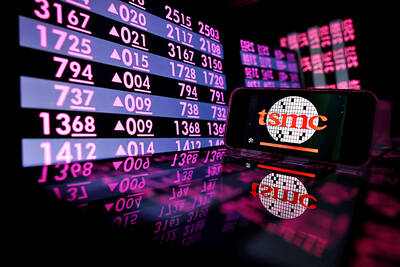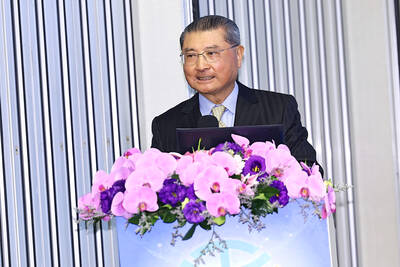Delivery times for chips rose last month, signaling persistent component shortages that have hit growth for months in industries that span the economy.
The lead times — a closely watched gap between when a semiconductor is ordered and when it is delivered — increased by six days to about 25.8 weeks from November, research by Susquehanna Financial Group showed.
That lag marks the longest wait time since the firm began tracking the data in 2017.
Susquehanna recently changed the method it uses to calculate lead times, adding more data sources, and has revised its previous estimates based on the new system.
“The rate of lead time expansion has been choppy, but picked up again in December,” Susquehanna analyst Chris Rolland said in a research note on Tuesday. “Lead times for nearly every product category witnessed all-time highs, with power management and MCUs [microcontrollers] leading the charge.”
In the past, lengthening lead times have been followed by painful periods of oversupply. The concern is that customers might try to purchase more than they need now in an effort to ensure they get chips and later cancel the requests, which the industry calls double ordering.
While average times stretched again, some major suppliers are delivering products to their customers in a more timely manner, the research showed.
Broadcom Inc’s lead times “modestly fell” last month to 29 weeks, the report said.

Taiwan Semiconductor Manufacturing Co (TSMC, 台積電) yesterday said that its investment plan in Arizona is going according to schedule, following a local media report claiming that the company is planning to break ground on its third wafer fab in the US in June. In a statement, TSMC said it does not comment on market speculation, but that its investments in Arizona are proceeding well. TSMC is investing more than US$65 billion in Arizona to build three advanced wafer fabs. The first one has started production using the 4-nanometer (nm) process, while the second one would start mass production using the

‘SILVER LINING’: Although the news caused TSMC to fall on the local market, an analyst said that as tariffs are not set to go into effect until April, there is still time for negotiations US President Donald Trump on Tuesday said that he would likely impose tariffs on semiconductor, automobile and pharmaceutical imports of about 25 percent, with an announcement coming as soon as April 2 in a move that would represent a dramatic widening of the US leader’s trade war. “I probably will tell you that on April 2, but it’ll be in the neighborhood of 25 percent,” Trump told reporters at his Mar-a-Lago club when asked about his plan for auto tariffs. Asked about similar levies on pharmaceutical drugs and semiconductors, the president said that “it’ll be 25 percent and higher, and it’ll

CHIP BOOM: Revenue for the semiconductor industry is set to reach US$1 trillion by 2032, opening up opportunities for the chip pacakging and testing company, it said ASE Technology Holding Co (日月光投控), the world’s largest provider of outsourced semiconductor assembly and test (OSAT) services, yesterday launched a new advanced manufacturing facility in Penang, Malaysia, aiming to meet growing demand for emerging technologies such as generative artificial intelligence (AI) applications. The US$300 million facility is a critical step in expanding ASE’s global footprint, offering an alternative for customers from the US, Europe, Japan, South Korea and China to assemble and test chips outside of Taiwan amid efforts to diversify supply chains. The plant, the company’s fifth in Malaysia, is part of a strategic expansion plan that would more than triple

Taiwanese artificial intelligence (AI) server makers are expected to make major investments in Texas in May after US President Donald Trump’s first 100 days in office and amid his rising tariff threats, Taiwan Electrical and Electronic Manufacturers’ Association (TEEMA, 台灣電子電機公會) chairman Richard Lee (李詩欽) said yesterday. The association led a delegation of seven AI server manufacturers to Washington, as well as the US states of California, Texas and New Mexico, to discuss land and tax issues, as Taiwanese firms speed up their production plans in the US with many of them seeing Texas as their top option for investment, Lee said. The